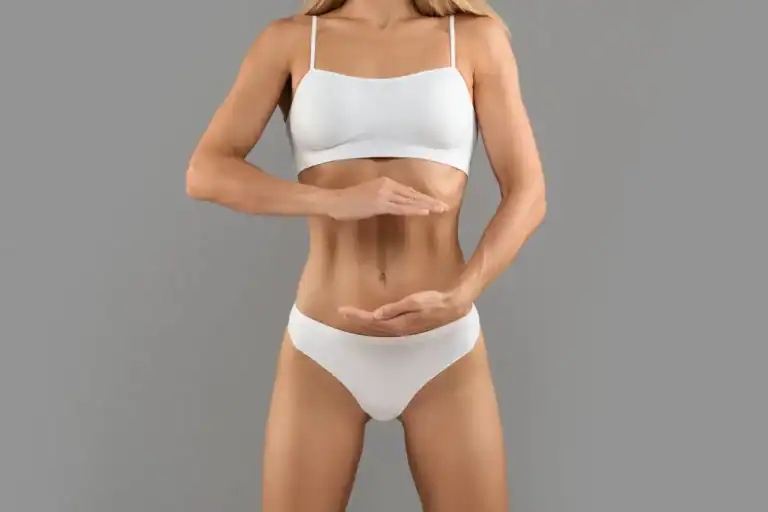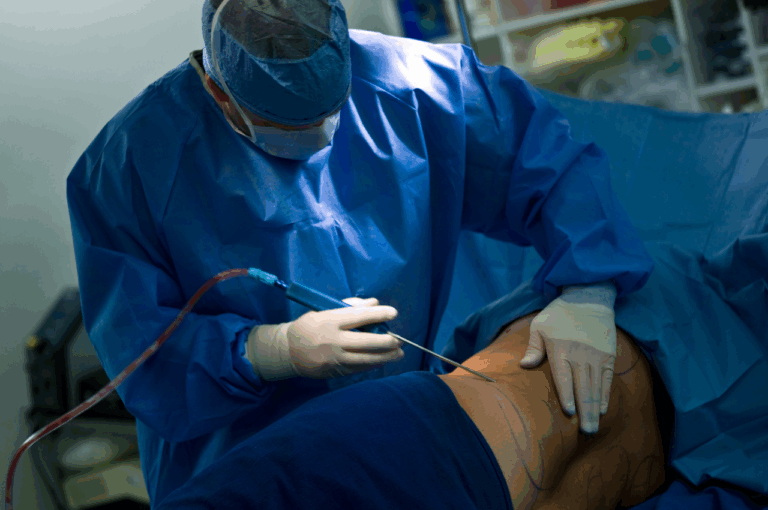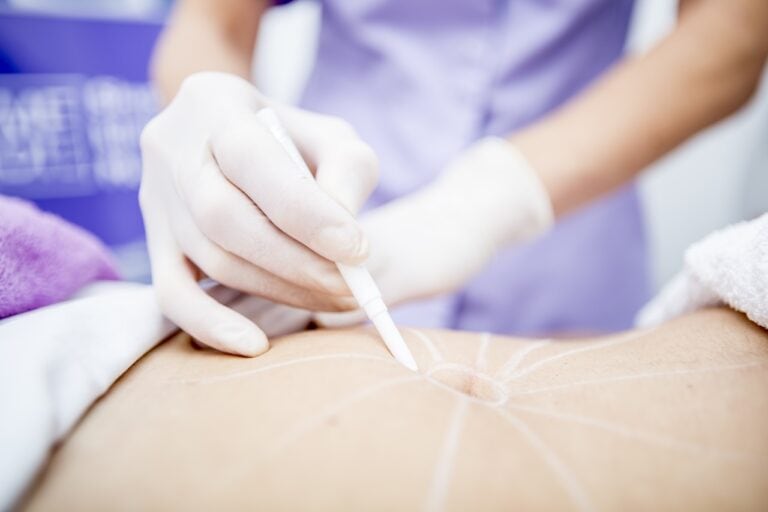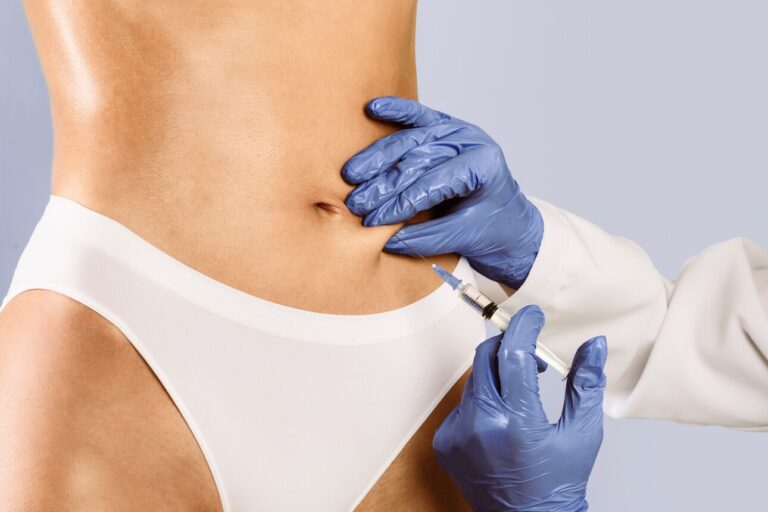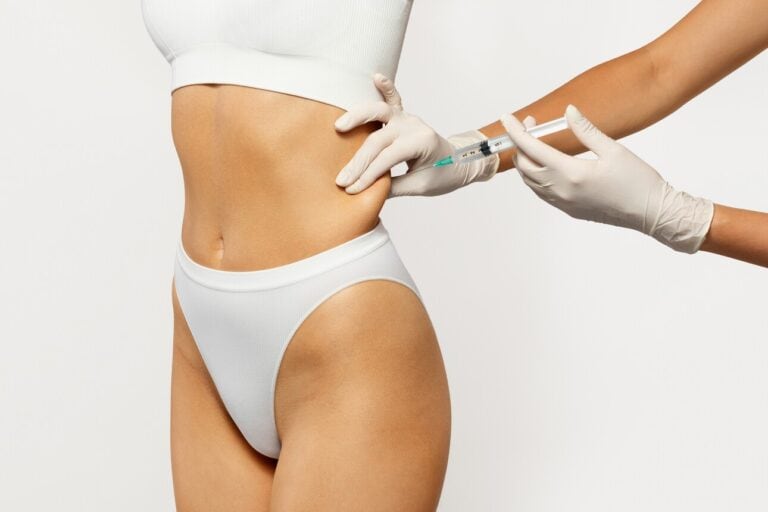Living in one of the most dynamic cities in the world means wanting to look and feel your best, often with minimal downtime. Advances in cosmetic medicine have made it possible to reshape, refresh, and renew your appearance without surgery. At the New York Liposuction Center, clients can access some of the most effective non-invasive skin and body treatments available today.
Whether your goal is smoother skin, a contoured figure, or a radiant complexion, many options now exist that do not require incisions or lengthy recovery times. This guide explains everything you should know about non-invasive procedures in NYC, including what treatments are available, who can benefit from them, and what to expect every step of the way.
Key Takeaways
- Broad range of options: Non-invasive skin and body treatments address diverse concerns from stubborn fat to fine lines and sagging skin.
- Cutting-edge technology: NYC clinics offer established and innovative devices, often combining multiple technologies for optimal results.
- Ideal candidates: Many healthy adults are eligible, though personalized consultations help identify the best approach for each person.
- Minimal recovery needed: Most treatments require little or no downtime, so clients can return to daily activities quickly.
- Results and maintenance: Results are natural-looking and build over time, but maintenance or repeat sessions may be necessary.
- Safety and expertise: Choosing a reputable NYC provider is crucial for safe, predictable results that align with your goals.
- Comprehensive care: The best clinics guide you from consultation through follow-up, ensuring a seamless and supportive experience.
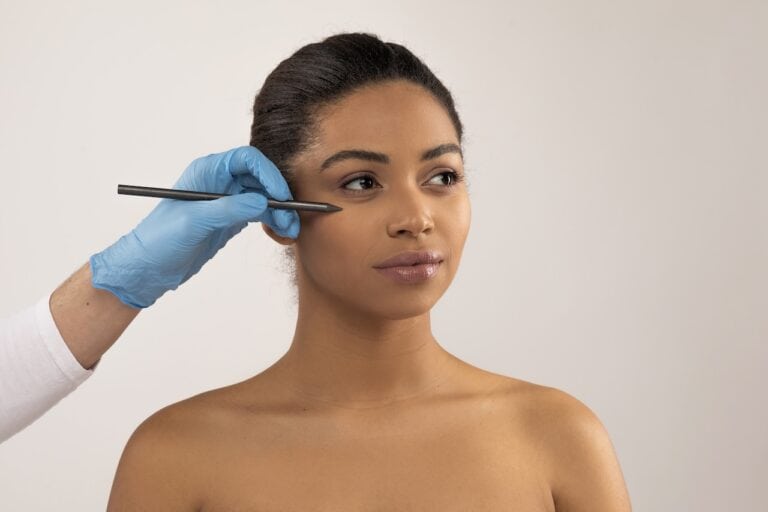
Understanding Non-Invasive Skin and Body Treatments
Non-invasive treatments reshape the body, refresh facial features, and improve skin texture without surgery or major discomfort.
These therapies use advanced energy-based devices, injectables, and topical techniques to achieve noticeable improvements. Unlike traditional surgeries that require cutting or anesthesia, non-invasive methods focus on external technologies and gentle enhancement.
How Non-Invasive Treatments Work
Most non-invasive procedures use one of several scientific approaches. Energy such as laser, ultrasound, or radiofrequency penetrates the skin to heat targeted tissues, triggering natural healing processes. Injectables use refined substances like hyaluronic acid or neurotoxins to smooth, fill, or relax specific areas. Some treatments rely on chemical or mechanical exfoliation for superficial improvements.
By stimulating collagen, breaking down fat, or improving cellular function, these treatments deliver gradual but visible results.
What Makes Them Different from Surgery
Non-invasive therapies do not involve scalpel incisions, stitches, or extended healing periods. Instead, you can expect short, office-based sessions and a quicker return to daily routines. Risks are typically much lower, with few side effects beyond temporary redness, swelling, or mild discomfort.
Clients appreciate the flexibility and subtle transformation that comes with these options, often avoiding the dramatic changes or long-term commitments of surgery.
Popular Non-Invasive Treatments Offered in NYC
Residents and visitors in NYC have access to a wealth of non-invasive solutions. Clinics in the city keep up with global trends and continually expand their menus to reflect advancements in cosmetic science.
Some of the most requested and effective treatments include:
- Laser Skin Resurfacing: Targets pigmentation, sun damage, and fine lines by using concentrated light to renew the skin’s upper layers. Benefits include smoother texture, reduced scars, and a more even tone.
- Radiofrequency (RF) Therapy: Delivers controlled heat below the skin to stimulate collagen and tighten lax tissue. Popular RF devices treat the face, neck, arms, and abdomen with little discomfort.
- Ultrasound (Like Ultherapy): Uses focused ultrasound waves to lift and tighten loose skin in a completely non-surgical manner. It is ideal for jawlines, necks, and brows.
- Cryolipolysis (CoolSculpting): Freezes and eliminates stubborn fat cells without harming surrounding tissue. Most commonly applied to the abdomen, flanks, thighs, and under the chin.
- Injectables (Botox and Fillers): Reduce wrinkles, restore lost volume, and create subtle reshaping with little-to-no downtime. Each product is tailored to the individual’s unique facial anatomy.
- Microneedling: Involves tiny, controlled punctures that spark new collagen and improve scars, stretch marks, and fine lines. It is often paired with topical serums for enhanced results.
- Chemical Peels: Remove damaged outer layers of skin to reveal a brighter, rejuvenated complexion. Peels vary from light and gentle to deeper and more transformative.
Many people combine several methods for a customized effect that enhances both the face and the body. NYC providers can recommend a plan tailored to your needs and schedule.
Candidacy: Who Can Benefit from These Procedures
Individuals considering non-invasive treatments often seek significant improvement without the risks or downtime of surgery. The best candidates are generally healthy, have realistic expectations, and want to address specific concerns.
Those with active infections, certain chronic illnesses, or unrealistic goals may not be ideal candidates. A detailed consultation assesses your medical history and helps craft the safest path forward.
Most Common Goals for Candidates
Patients pursue non-invasive procedures for various reasons. The most frequent objectives include:
- Reducing localized fat deposits that resist diet and exercise
- Smoothing facial wrinkles, creases, and expression lines
- Restoring skin elasticity and firmness
- Improving the appearance of scars, stretch marks, or uneven tone
- Achieving minor contouring without long downtime or surgery
People of diverse ages and backgrounds find these options accessible and empowering.
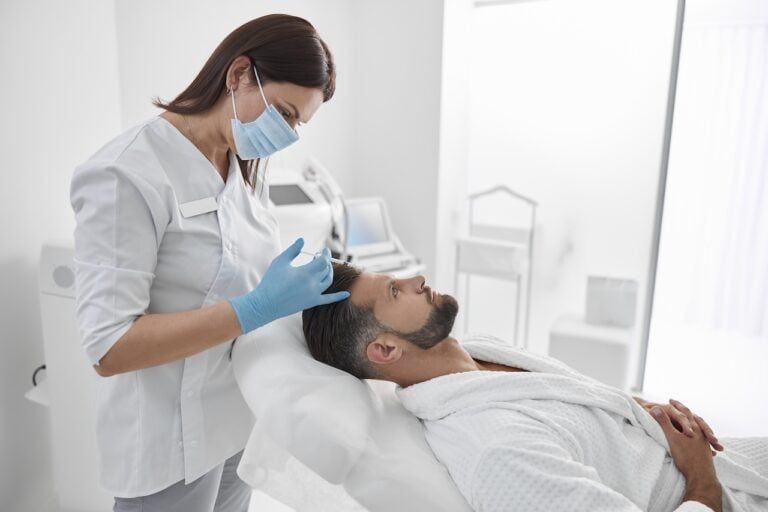
The Consultation Process
Your journey starts with an in-depth consultation. The provider reviews your medical background, examines target areas, and discusses your goals. Expect to answer detailed questions and receive professional recommendations about which treatments are most suitable.
Honest conversations and clear education ensure you feel confident in your choices.
The Procedure Experience: What to Expect
Many patients want to know what the actual procedure will feel like and how long appointments take. While experiences vary depending on the selected treatment, there are some universal features.
Preparing for Treatment
Preparation is straightforward. Most non-invasive therapies require little advance planning beyond stopping certain medications or skincare products. Your provider may suggest avoiding sun exposure and cleansing the skin before arrival.
You will likely receive instructions about what to wear, dietary guidelines for the day, and how to best prepare for comfort.
During the Procedure
Sessions take place in a comfortable, private office environment. The practitioner may apply numbing cream for comfort or prep the skin with specific cleansers. Devices or injections are then administered according to the customized treatment plan.
Each appointment lasts anywhere from 20 minutes to 90 minutes, depending on complexity and the number of areas addressed. Most clients experience mild sensations such as warmth, tingling, or brief pressure. Any discomfort is typically well managed and short-lived.
Immediately After Treatment
Following your procedure, mild redness, swelling, or tenderness are common but often resolve quickly. For most non-invasive methods, clients can resume work and daily life right away. Your provider will explain any specific aftercare, such as using gentle products or applying sunscreen.
A check-in or follow-up appointment may be scheduled to evaluate early results and answer questions.
Downtime, Recovery, and Risks
A major draw of non-invasive procedures is the speedy recovery. Most require little or no downtime, so you can return to your activities almost immediately.
Some treatments create minor side effects. Redness, swelling, or mild bruising usually resolve within hours to a few days. Providers ensure clients understand what is typical and give instructions for care.
Potential Risks and Complications
Although the safety profile is excellent, any medical procedure carries some risks. Rare complications include persistent swelling, pigmentation changes, infection, or allergic reactions. An experienced provider minimizes these risks by using proven protocols and appropriate screening.
Choosing a clinic with a strong safety record ensures extra peace of mind.
Technology and Devices: What’s Behind Modern Non-Invasive Treatments
The evolution of non-invasive cosmetic enhancement depends on sophisticated devices researched and approved for safety and efficacy.
Leading NYC clinics invest in technology that produces visible results while protecting skin and underlying tissues.
How Different Technologies Work
Each device uses a unique scientific principle:
- Laser devices: Focused light pulses vaporize or heat targeted tissues for resurfacing, hair removal, or pigment correction.
- Radiofrequency machines: Create deep, controlled thermal energy to contract collagen and stimulate new growth.
- Ultrasound equipment: Delivers precise, focused energy below the surface, causing tissue layers to lift and tighten without harm to the skin.
- Cryolipolysis applicators: Cool isolated fat pockets to a point that fat cells break down and are eliminated naturally.
- Microneedling pens: Use fine needles to trigger skin renewal and intensify the effect of topical serums or platelet-rich plasma.
Providers often combine several devices for multi-layered improvement, depending on your goals and anatomy.
New developments continue to increase comfort, safety, and the range of treatable concerns.
Results, Longevity, and Maintenance
Non-invasive treatments typically create subtle, natural-looking improvements that build over several weeks or months. Patients love that friends and colleagues notice a fresher appearance but rarely suspect a procedure.
How Long Results Last
Outcomes depend on the chosen treatment, your genetics, lifestyle, and how you care for your skin. Results from neurotoxins like Botox last several months, while dermal fillers may last 6-18 months depending on the type. Laser and energy-based therapies often produce effects that continue to improve for up to 6 months.
Human biology means the results are long-lasting but not always permanent. Routine maintenance visits keep your investment looking its best.
Recommendations for Maintenance
Providers customize follow-up schedules to fit your treatment plan. For injectables, clients may return as early as three months. Energy-based approaches might be maintained every six months or annually.
Ongoing skincare, sun protection, and a healthy lifestyle will all extend the benefits achieved. Regular evaluation helps adjust your regimen as your needs change over time.

Choosing the Right Non-Invasive Treatment Clinic in NYC
Your experience and results depend on the expertise, reputation, and technology of your chosen provider. NYC’s competitive market makes it crucial to research and select wisely.
Below are key criteria to consider when choosing a clinic:
- Training and credentials: Look for providers who are properly licensed with specialized training in cosmetic procedures. Experience matters, especially when customizing treatments or managing unique cases.
- Range of technologies: Clinics should offer a broad spectrum of devices and therapies, tuned for both lighter and deeper needs. Up-to-date technology ensures safer outcomes and a better client experience.
- Transparent consultation: The best practices offer in-depth, honest consultations. Providers should answer questions, discuss alternatives, and build treatment plans around your goals and budget.
- Track record and reviews: Investigate before-and-after photos, client testimonials, and independent reviews. A long history of satisfied patients signals that you are in good hands.
- Safety protocols: Clinics should have clearly outlined protocols for hygiene, emergency care, and follow-up. Ask about these policies during your initial research.
- Personalized care: The most trusted providers listen carefully, adapt plans, and maintain supportive communication throughout your care.
Making an informed decision boosts your satisfaction, confidence, and safety.
Making the Most of Your Transformation
Non-invasive skin and body treatments in NYC empower you to look and feel your best on your own terms. With a wide spectrum of options, new technologies, and expert providers, you can achieve meaningful change with minimal risk and downtime.
Careful selection of both treatments and clinics ensures a safe, rewarding experience. Review your goals, communicate openly, and embrace a holistic approach to long-lasting results.
To discover which options fit your needs and lifestyle, reach out to the New York Liposuction Center for a personalized consultation. You deserve clear guidance, expert care, and a treatment plan that helps you shine.
